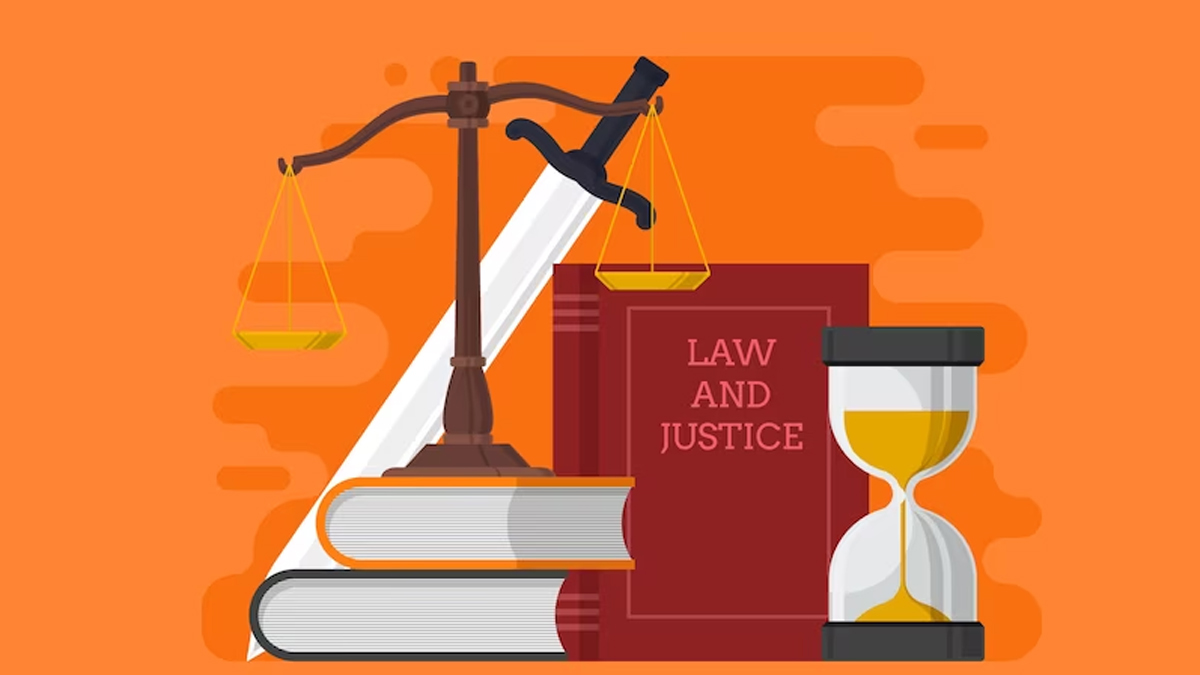Here are key features and components of a Truth and Reconciliation Commission:
- Historical Context:
- TRCs are typically established in the aftermath of significant historical events such as armed conflicts, civil wars, or periods of oppressive rule.
- Mandate:
- The commission is given a specific mandate to investigate and document human rights violations, atrocities, and other abuses that occurred during a specified period.
- Objectives:
- TRCs aim to uncover the truth about past abuses and provide a platform for victims to share their experiences. The broader objectives include promoting reconciliation, healing social divisions, and preventing a recurrence of such violations.
- Public Hearings:
- TRCs often conduct public hearings where victims and perpetrators are invited to testify about their experiences. These hearings are crucial in bringing hidden truths to light and allowing the public to understand the extent of the atrocities.
- Amnesty Provision:
- Some TRCs may have the authority to grant amnesty to individuals who confess to their involvement in crimes, under certain conditions. This is a controversial aspect, as it raises questions about accountability versus the need for information to achieve reconciliation.
- Recommendations:
- TRCs typically make recommendations for reforms, reparations, and other measures to address the root causes of the conflict or human rights abuses. These recommendations can be directed towards the government, institutions, or society at large.
- Documentation:
- The commission produces a comprehensive report documenting its findings and recommendations. This report is often a critical resource for understanding the historical context and for informing future policies and actions.
- Reparations:
- TRCs may recommend reparations for victims, which could include financial compensation, symbolic gestures, or other forms of restitution to address the harm suffered.
- National Healing and Reconciliation:
- The ultimate goal of a TRC is to contribute to national healing and reconciliation by acknowledging past wrongs, fostering understanding, and building a foundation for a more just and peaceful society.
Prominent examples of TRCs include the South African Truth and Reconciliation Commission, which played a significant role in the post-apartheid era, and similar commissions in countries like Rwanda, Chile, and Canada. Each TRC is unique, tailored to the specific historical and cultural context of the society it serves.
